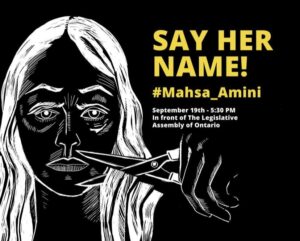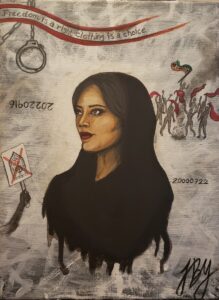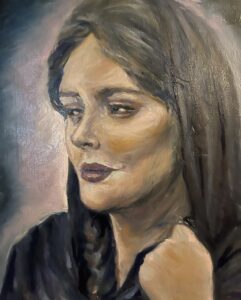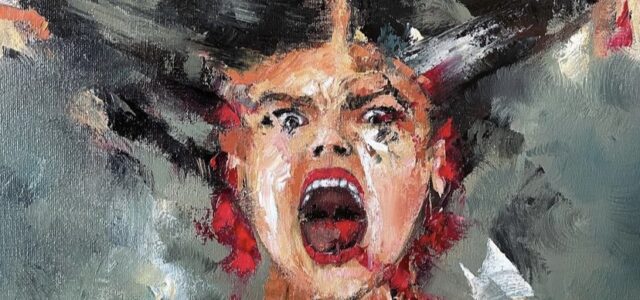
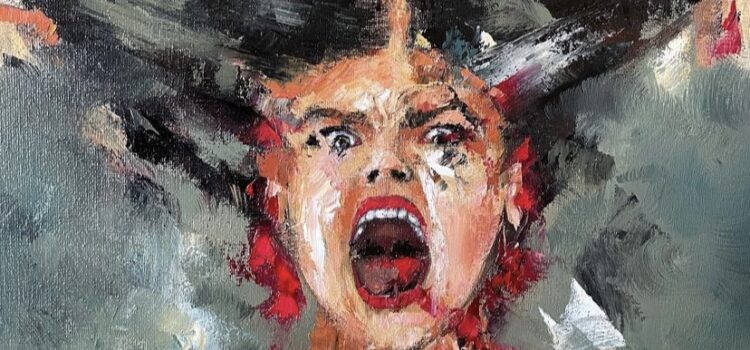
Artists across Canada raise their voices to the injustice in Iran
CanadaInternationalNewsToronto Oct 16, 2022 Maria Pimentel

The civil unrest continues around the world after the death of Mahsa Amini at the hands of the morality police. And the indignation of the Iranian people is being shared through one of the most powerful tools to convey emotion; art.
Mahsa Amini, 22, died on Sept. 16. She had been in a coma for three days, after being arrested in Tehran by the morality police for allegedly breaking the strict female dress code of the Islamic Republic, which requires covering the hair with a hijab.
After being arrested, Amini was taken to a police station to attend an hour of re-education for misusing the hijab. Hours later, she was admitted to the capital’s Kasra Hospital in a coma after suffering a heart attack.
The father of the victim, Amyad Amini, assures the authorities refused to give him the autopsy of his daughter and denied that Mahsa Amini suffered from any heart problems.
After this, protests have spread around the world under the cry- Women, Life, Freedom.
Illustrators, digital artists, photographers, musicians and artists of various styles have joined this movement to give a voice to the women of Iran and to expose the injustices that Iranians experience under the Islamic Republic. The most represented symbols in this movement are scissors, burning hijabs, loose hair and Mahsa Amini’s face.
Hajar Moradi, an Iranian-Canadian multidisciplinary artist and filmmaker based in Toronto, made a digital art piece that is being used both in Canada and Iran as a banner for protests. She says her goal was to convey that the women of Iran are fed up and angry. She wanted to encourage more women to join the action.
Activists in Iran argue that since the start of the protests in the country around 300 people have been killed, including two teens who were brutally murdered by the police.
Sarina Esmailzadeh,16, and Nima Shakarami, 17, both died after the police beat them repeatedly with batons while they protested.
Toronto-based artist, Jowelle Bou-Younes, created “Angel of Revolt”, a painting that is being shared across social media platforms and was inspired by the multiple protests.
Just like Moradi and Bou-Younes, other Canadian artists like Victoria Boulet are using their social media platforms to share their work, inform and invite people to attend the protests.
“Capturing Mahsa in art helps cement her in history, hopefully reinforcing the idea that individuals should not be prosecuted and murdered for expressions of individual choice,” says Boulet.
Just like these three artists, many others are forming part of the Women, Life, Freedom movement that grows every time an image is shared on social media or the hashtag #mahsamani is mentioned, fuelling hope for change.
“Art can speak so much louder than anything in this planet, It speaks every language,” says Bou-Younes. “Why try to limit your audience with words when you can talk directly to their minds through a painting.”

